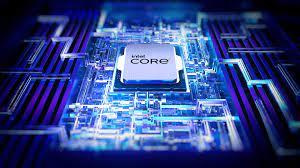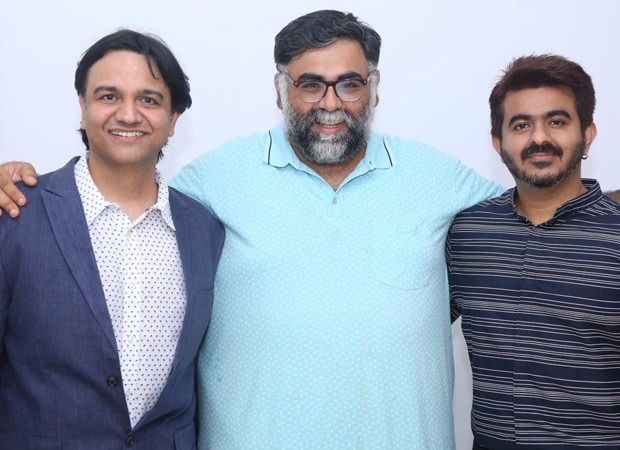In March of last year, a video surfaced showing President Volodymyr Zelensky telling the people of Ukraine to lay down their arms and surrender to Russia. The deep fake was very clear, which is a type of fake video that uses artificial intelligence to swap faces or create a digital copy of a person.

Understanding the Threat of Deepfakes
Before delving into Intel’s FakeCatcher, it’s essential to grasp the gravity of the deepfake threat. Deepfakes can convincingly alter videos to show individuals saying or doing things they never did, leading to misinformation and undermining trust in digital media. As advances in AI continue, the ease of creating deepfakes has increased, making their detection and prevention crucial.
But as advances in artificial intelligence make it easier to produce deepfakes, spotting them is quickly becoming more important. Intel thinks it has a solution, and it’s all about getting blood in your face, and the company calls the system “FakeCatcher.”

In Intel’s swanky offices in Silicon Valley, Elke Demmer, a research scientist at Intel Labs, explains how the technology works. “We ask what’s real in the original videos? What’s fake,” she says.
The system relies on a technique called Photoplethysmography (PPG), which detects changes in blood flow. Demir explains that faces created by deepfakes don’t give off these signals. The system also analyzes eye movement to validate it.
“So usually, when people look at a point, when I look at you, it’s like I’m shooting beams from my eyes at you. But for deepfakes, it’s like googly eyes, they’re far apart.”
By looking at these two features, Intel believes it can tell the difference between real and fake video in a matter of seconds. The company claims that FakeCatcher is 96% accurate.
To put the technology to the test, dozens of clips of former US President Donald Trump and President Joe Biden were used. Some were real, and some were fake created by the Massachusetts Institute of Technology (MIT).
In terms of deepfake detection, the system seemed to be pretty good. He was able to detect all but one of the syllables. But problems are starting to arise when dealing with real videos. The regime said several times that the video was fake, when it was real. And the more pixels there are in the video, the harder it is to capture the blood flow.
Read Also : The Net worth of this Rich Beggar is ₹7.5 crore !!
The system also does not analyze the sound. So some videos that looked more or less real were determined by listening to the audio as fake.
FaceCatcher’s ability to work in real-world contexts has been questioned. Matt Groh, an assistant professor at Northwestern University in Illinois, is an expert in deepfakes. “I don’t doubt the stats they included in their initial assessment. What I do doubt is whether the stats are relevant to real-world contexts.”
Software such as facial recognition systems often provide very generous statistics for their accuracy. However, when actually tested in the real world, they can be less accurate.
And Intel claims that FakeCatcher has undergone rigorous testing. This includes testing 140 fake and real videos. Intel says that in this test, the system had a success rate of 91 percent. However, Matt Groh and other researchers want to see the system analyzed independently, as they don’t think it’s a good idea for Intel to set up a test for itself. BBC.
FAQ’s (Frequently Asked Questions)
Q: How does FakeCatcher distinguish between deepfakes and real videos?
A: FakeCatcher utilizes Photoplethysmography (PPG) to detect changes in blood flow, a signal that authentic faces emit but deepfake videos lack. Additionally, the system analyzes eye movements, enabling it to identify anomalies associated with deepfakes.
Q: Can FakeCatcher detect all types of deepfake videos?
A: While FakeCatcher boasts an impressive 96% accuracy rate, it’s essential to acknowledge that the landscape of deepfake technology is continually evolving. As such, Intel continues to refine and update the system to stay ahead of new deepfake developments.
Q: Can FakeCatcher be integrated into social media platforms to prevent the spread of deepfakes?
A: Intel is actively exploring partnerships with various tech companies, including social media platforms, to integrate FakeCatcher’s detection capabilities. Such integration could be a significant step toward mitigating the impact of deepfakes on digital media.
Q: Is FakeCatcher accessible to the general public?
A: At present, FakeCatcher is primarily utilized by Intel as part of its research and development initiatives. However, as the technology matures, there is a possibility that it may become more widely available.
Q: Can deepfake technology be used for positive purposes, such as entertainment or education?
A: While deepfake technology has the potential for creative and educational applications, its misuse in spreading misinformation remains a significant concern. Striking a balance between responsible usage and preventing deception is crucial.
Q: How do AI researchers work to stay ahead of deepfake advancements?
A: AI researchers continually collaborate, share knowledge, and update their algorithms to counter emerging deepfake techniques. The fight against deepfakes is an ongoing battle that demands vigilance and innovation.
Conclusion:
In an era dominated by digital media, the threat of deepfake videos has become a pressing concern. Intel’s FakeCatcher, with its cutting-edge technology and real-time protection, offers a beacon of hope in the battle against deepfake deception. By leveraging the power of AI, FakeCatcher can swiftly distinguish between genuine and manipulated videos, preserving trust in digital media and thwarting the spread of misinformation. As the digital landscape evolves, FakeCatcher stands as a testament to the unwavering commitment of tech companies to safeguard the authenticity and integrity of online content.
Source link




